
Gartenfriedhof: A Serene Oasis in Hanover
Discover a peaceful oasis in Hanover's heart at Gartenfriedhof, a historic cemetery with notable graves, classic monuments, and the intriguing 'Open Grave'.
Escape the bustle of Hanover in the tranquil Gartenfriedhof, a historic cemetery dating back to 1741. Originally established for the "garden folk" outside the city walls, it evolved into a prestigious burial ground for notable citizens. Today, it serves as a peaceful park in the heart of the city, showcasing classicizing grave markers and monuments from the 18th and 19th centuries. Wander through the shaded pathways, discover the stories of prominent figures like Charlotte Buff (the inspiration for Goethe's 'Lotte'), astronomer Caroline Herschel, and decipherer of cuneiform Georg Friedrich Grotefend. Don't miss the 'Open Grave,' a unique landmark where a birch tree's roots have defied an inscription forbidding the tomb from ever being opened, creating an eerie yet captivating sight. The Gartenfriedhof offers a unique blend of history, art, and nature, providing a reflective respite from the urban environment.
A brief summary to Open Grave, Hanover
- Gartenfriedhof in the Warmbüchenviertel, near the Aegidientorplatz squareHanover, Hanover, Hanover-Mitte, DE
Local tips
- Look for the 'Open Grave' (Gesprengtes Grab), a tomb with a birch tree growing through it, defying its inscription.
- Visit the graves of Charlotte Buff (Goethe's 'Lotte') and astronomer Caroline Herschel.
- Take time to appreciate the classicist and romantic-style grave markers and monuments.
- Combine your visit with a stop at the nearby Gartenkirche St. Marien.
- Wear comfortable shoes for walking on the cemetery's unpaved paths.
Getting There
-
Public Transport
The Gartenfriedhof is easily accessible by public transport. From Hannover Hauptbahnhof (main train station), take any U-Bahn (light rail) line heading towards Aegidientorplatz. From Aegidientorplatz, it's a short 5-minute walk. Walk north along Marienstraße; the Gartenfriedhof will be on your left. A single ride ticket (Kurzstrecke) costs approximately €1.50.
-
Walking
From Aegidientorplatz, a central square in Hanover, the Gartenfriedhof is a short walk away. Head north on Marienstraße, walking for approximately 5 minutes. The cemetery entrance will be on your left, easily visible from the street.
-
Taxi/Ride-Share
A taxi or ride-share from Hannover Hauptbahnhof to the Gartenfriedhof will take approximately 5-10 minutes, depending on traffic. Expect to pay around €8-€12. Simply provide the driver with the destination address: Gartenfriedhof, Marienstraße, Hanover.
Discover more about Open Grave, Hanover
Iconic landmarks you can’t miss
Open Grave, Hanover
0.0 km
Discover a peaceful oasis in Hanover's heart at Gartenfriedhof, a historic cemetery with notable graves, classic monuments, and the intriguing 'Open Grave'.
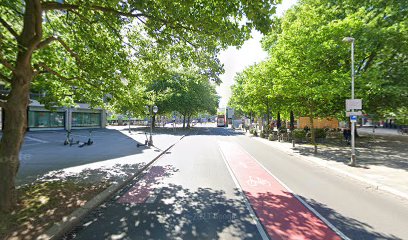
Laveshaus
0.5 km
Explore Laveshaus, an architectural masterpiece in Hanover, where history and beauty meet in stunning harmony.
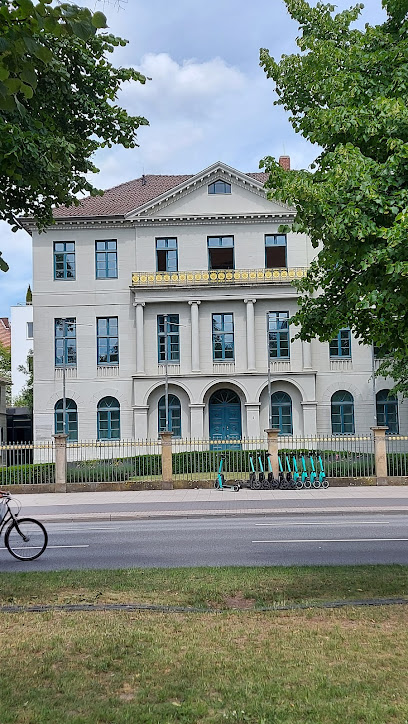
ATRIUM Altes Rathaus Hannover
0.5 km
Dine in the heart of Hanover's history at ATRIUM Altes Rathaus, where culinary excellence meets architectural grandeur in the city's oldest secular building, offering a unique and memorable experience.
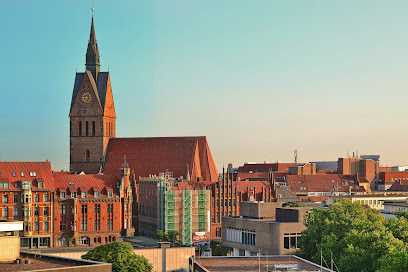
Göttingen Seven Monument
0.6 km
Explore the Göttingen Seven Monument in Hanover, a historic landmark celebrating the legacy of academic freedom and courage.
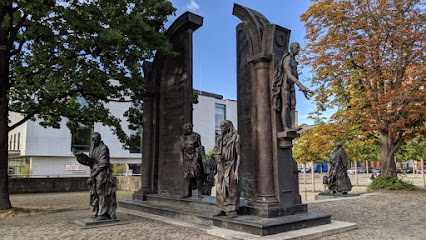
Ernst-August-Platz 8
0.6 km
Experience the vibrant heart of Hannover at Ernst-August-Platz, a historic square connecting travelers to the city's rich culture, major attractions, and bustling commercial center.
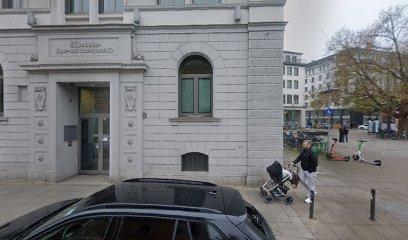
Broyhan Haus
0.6 km
Discover the authentic taste of Germany at Broyhan Haus, where every meal is a celebration of tradition and flavor in the heart of Hanover.
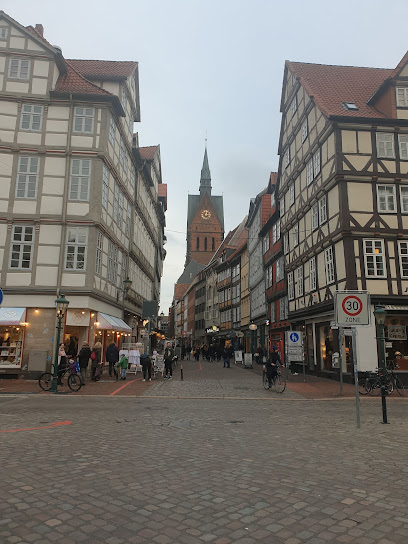
Bogside '69 - Skulptur
0.7 km
A powerful sculpture in Hanover commemorating the Bogside events of 1969 in Northern Ireland, connecting human rights, political violence, and the need for peace and understanding.
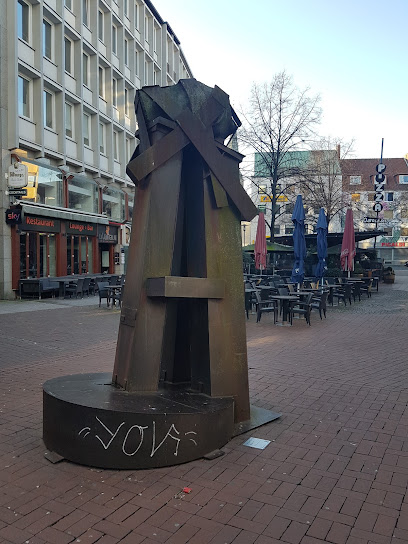
Leineschloss
0.7 km
Explore Hannover's Leineschloss: A historic palace turned parliament, blending centuries of royalty and political power in the heart of the city.

Drachentöterhaus
0.8 km
Explore Drachentöterhaus in Hanover, a historical landmark that enchants visitors with its rich history and captivating architecture.
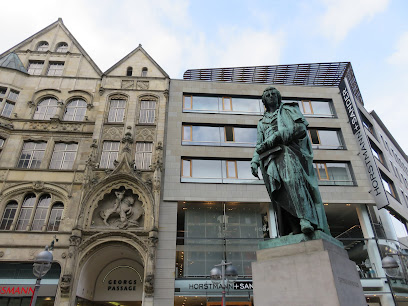
Mahnmal DERRY von H.-J. Breuste
0.8 km
A poignant memorial in Hanover dedicated to the victims of the Northern Ireland conflict, fostering reflection on peace, reconciliation, and the human cost of violence.
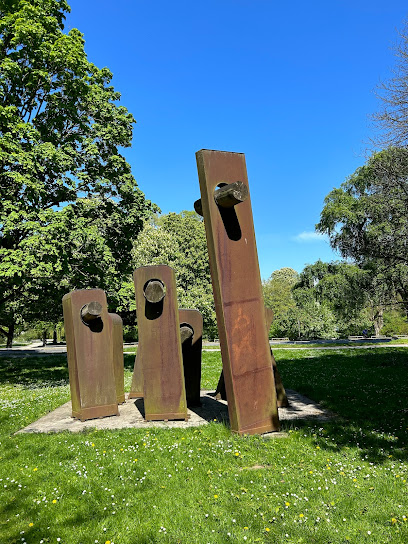
Friedrich Schiller
0.8 km
Discover the Friedrich Schiller Monument in Hanover, a cultural gem honoring the great German playwright amidst beautiful gardens.
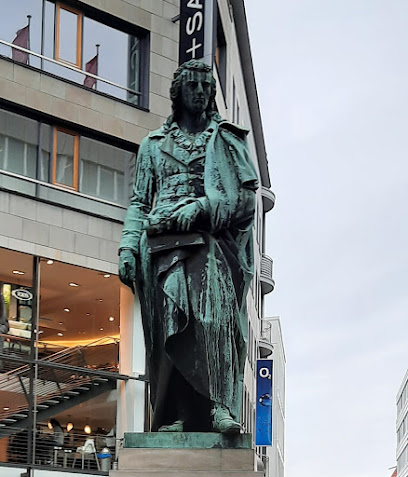
Ballhofpl. 1
0.8 km
Discover Hanover's historic heart at Ballhofplatz, a charming square with a rich past, vibrant cultural scene, and picturesque half-timbered buildings, offering a delightful experience for every traveler.
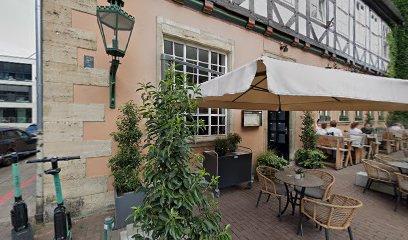
Kreuzkirche
0.8 km
Discover Hannover's oldest parish church, the Kreuzkirche, a blend of Gothic and Baroque architecture housing historical treasures and hosting vibrant cultural events in the heart of the Old Town.

Fackelläufer Maschsee Nordufer
0.8 km
Discover the Fackelläufer on Hannover's Maschsee: A controversial monument reflecting the city's complex history and offering scenic lakeside views and cultural attractions.
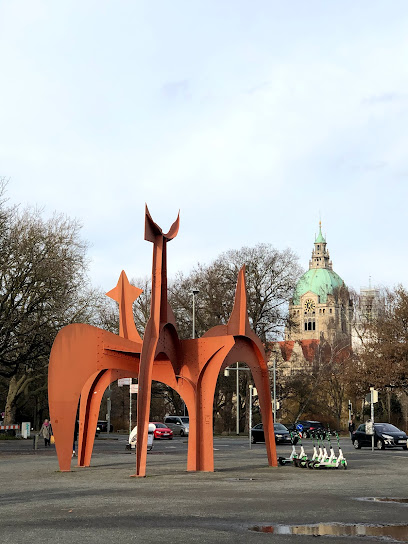
Denkmal Heinr. Schrader Bademeister zu Hannover
0.9 km
Honoring a Hanoverian hero: Discover the story of Diederich Heinrich Schrader, the 19th-century swimming instructor who saved 560 lives, at this modest yet meaningful monument.
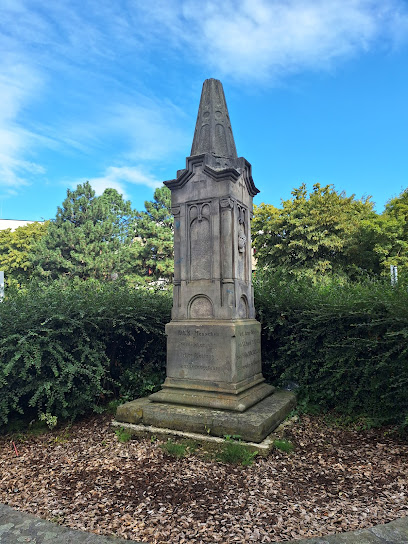
Unmissable attractions to see
Aegidienwald (Kunstinstallation)
0.2 km
Explore Aegidienwald, a unique art installation in Hanover that beautifully blends history and nature in a serene environment perfect for reflection.
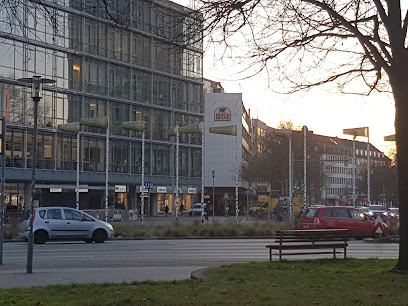
Leibniz statue
0.2 km
Explore the Leibniz Statue in Hanover, a captivating tribute to the philosopher and mathematician, surrounded by lush greenery and rich history.
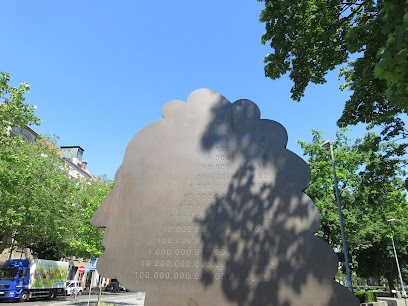
Aegidienkirche
0.3 km
Discover the historic Aegidienkirche in Hanover, a remarkable landmark blending rich heritage and stunning architecture, perfect for history enthusiasts and tourists.
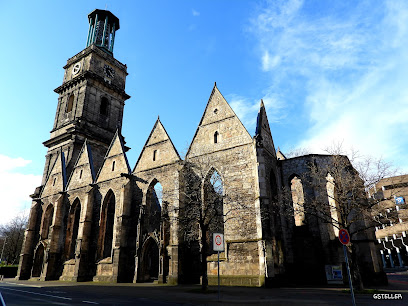
Memorial to the murdered Jews of Hanover
0.3 km
Explore the Memorial to the Murdered Jews of Hanover, a poignant cultural landmark dedicated to remembering the victims of the Holocaust.
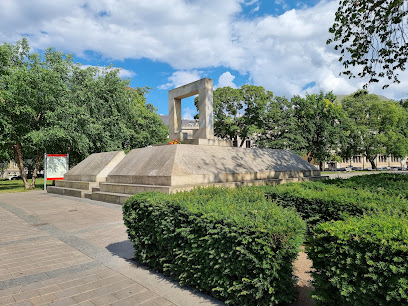
Klaus Bahlsen Fountain
0.4 km
Explore the Klaus Bahlsen Fountain in Hannover, a stunning blend of art and history, surrounded by vibrant public spaces and cultural attractions.
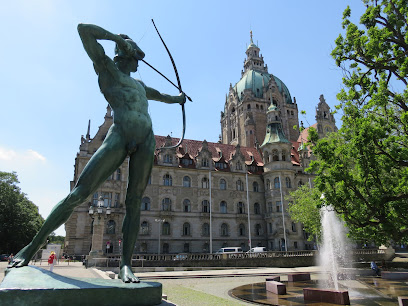
State Opera of Hannover
0.4 km
Discover the artistic splendor of the State Opera of Hannover, a cultural landmark offering world-class performances in a stunning architectural setting.
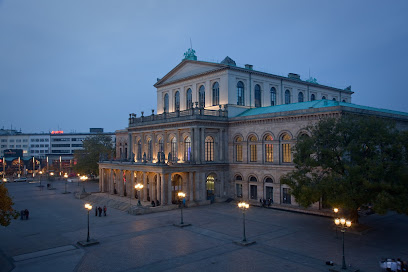
GOP Varieté-Theater Hannover
0.4 km
Experience the magic of performing arts and fine dining at GOP Varieté-Theater Hannover, a cultural gem in the heart of Hanover.

New Town Hall
0.5 km
Discover the architectural splendor and historical richness of the New Town Hall in Hanover, a captivating destination for every traveler.
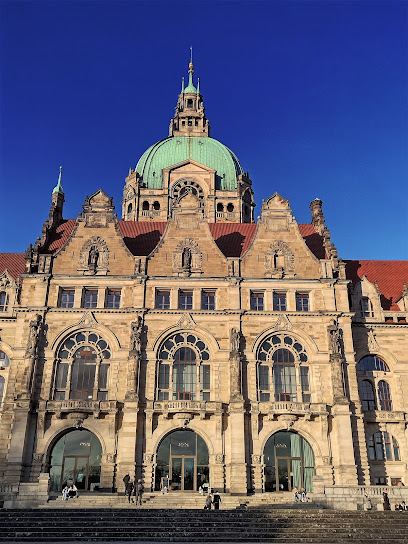
Markthalle Hannover
0.5 km
Experience the flavor and culture of Hannover at Markthalle – a bustling marketplace filled with local produce, international delicacies, and artisanal crafts.
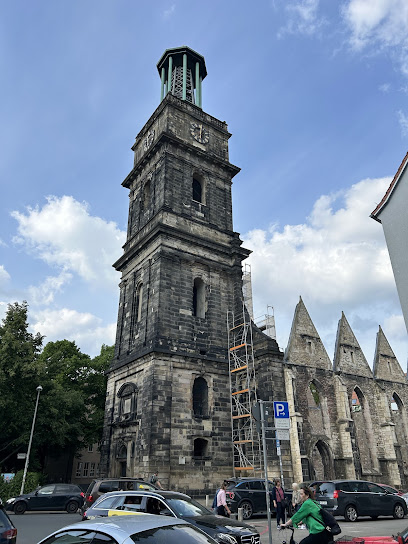
Museum August Kestner
0.5 km
Discover the artistic heritage of Hanover at Museum August Kestner, showcasing timeless treasures from antiquity to contemporary art.
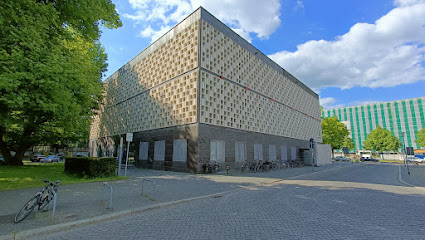
Old Town Hall
0.5 km
Discover the stunning architecture and rich history of Hanover's Old Town Hall, a must-visit landmark for every tourist exploring the city.
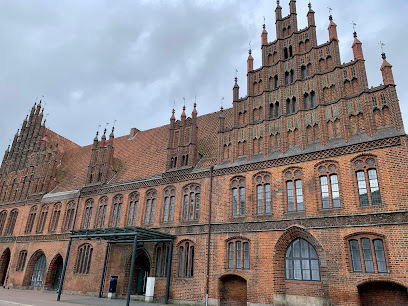
Geodetic reference point
0.5 km
Explore the Geodetic Reference Point in Hannover, a unique tourist attraction that symbolizes the precision of geography and the city's rich historical narrative.
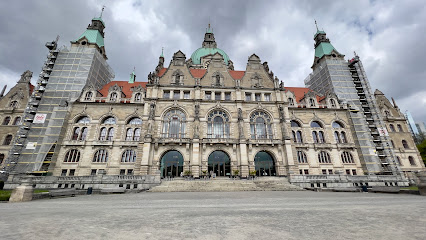
Fountain Of Leaves
0.5 km
Discover the serene beauty of the Fountain of Leaves in Hanover, a tranquil oasis perfect for relaxation and picturesque memories.
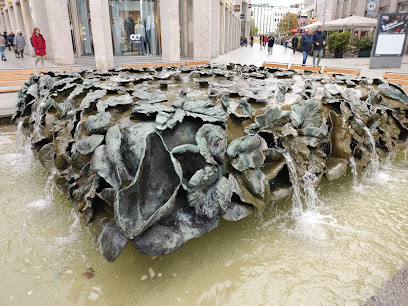
Landesmuseum Hannover
0.5 km
Explore the diverse collections of Landesmuseum Hannover, where art, history, and nature blend beautifully in a captivating museum experience.
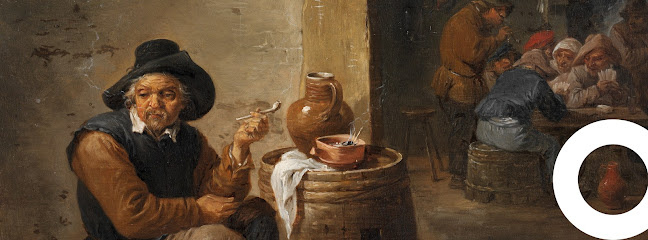
Masch Park
0.5 km
Discover the natural beauty and cultural experiences of Masch Park, a lush state park in Hanover, perfect for relaxation and exploration.
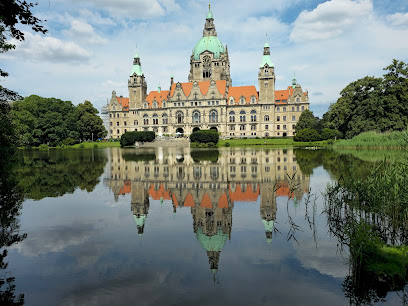
Essential places to dine
Meiers Lebenslust Restauration und Hausbrauerei
0.2 km
Discover the charm of traditional German cuisine at Meiers Lebenslust Restauration und Hausbrauerei in Hanover.
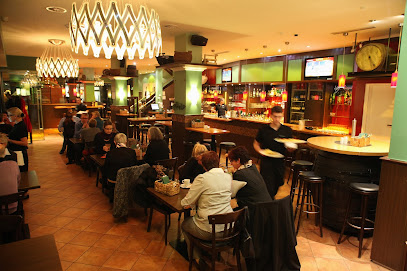
Ständige Vertretung Hannover
0.2 km
Experience authentic German flavors at Ständige Vertretung Hannover - where tradition meets taste in every dish.
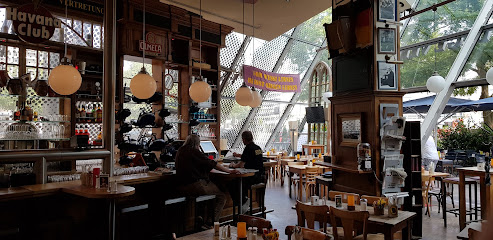
Ristorante Weinstube Leonardo
0.3 km
Discover authentic Italian flavors at Ristorante Weinstube Leonardo in Hanover – where every meal is a delightful culinary journey.
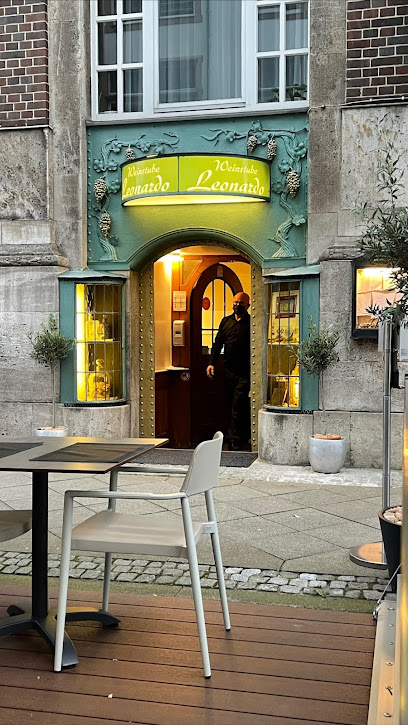
Bavarium Hannover
0.3 km
Experience authentic German cuisine and lively beer garden vibes at Bavarium Hannover - a culinary delight in the heart of Hanover.
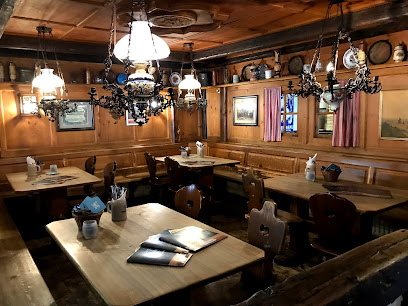
KUHnstWERK
0.4 km
Experience gourmet burgers at KUHnstWERK in Hannover – where taste meets creativity in every bite.

Gondel Restaurant & Bar im Georgspalast
0.4 km
Experience traditional German cuisine with a modern twist at Gondel Restaurant & Bar in Hanover's historic Georgspalast.

BLOCK HOUSE Am Kröpcke
0.5 km
Experience exquisite steaks and welcoming ambiance at BLOCK HOUSE Am Kröpcke - the ultimate dining destination in Hannover.
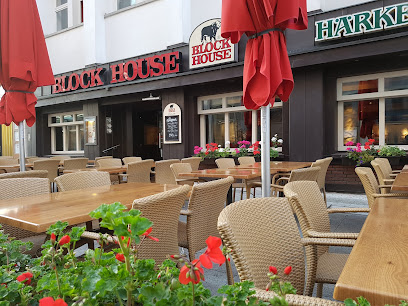
Restaurant Grüpchen
0.5 km
Discover the rich flavors of Hanover at Restaurant Grüpchen - where local meets international cuisine in a cozy setting.
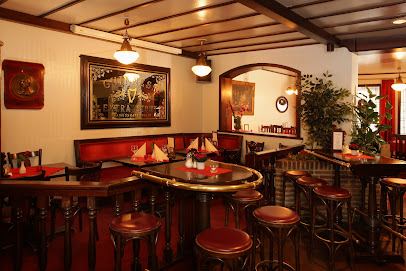
MARY´s Restaurant
0.5 km
Experience fine dining at MARY's Restaurant in Hanover—where culinary excellence meets sophisticated ambiance.
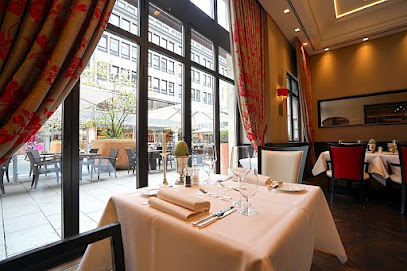
Restaurant Titus im Röhrbein
0.6 km
Experience exquisite European cuisine at Restaurant Titus im Röhrbein in Hanover - where seasonal flavors meet modern elegance.

VOTUM
0.6 km
Experience exquisite fine dining at VOTUM in Hanover – where modern gastronomy meets elegant ambiance.

Al-dar
0.7 km
Experience authentic Syrian cuisine at Al-dar in Hanover, where every dish tells a story of rich flavors and traditions.
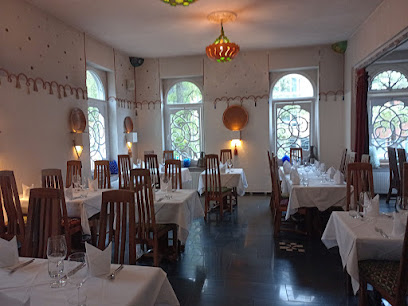
Das AbendMahl
0.7 km
Discover authentic Italian flavors at Das AbendMahl in Hanover - where every meal feels like a journey through Italy's rich culinary landscape.
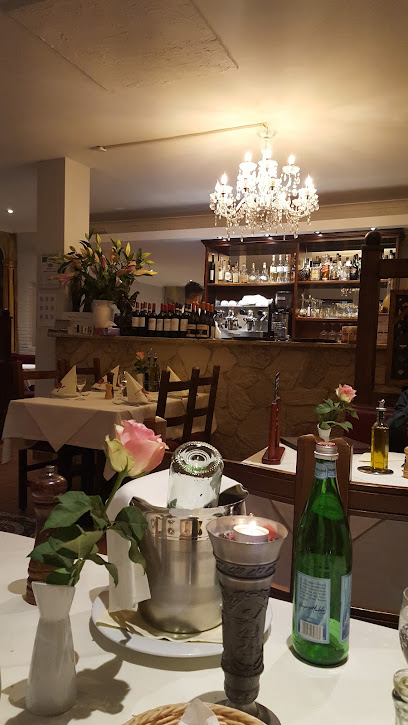
Leinegold Restaurant Wein Bar
0.7 km
Experience the best of German cuisine at Leinegold Restaurant Wein Bar in Hanover, where tradition meets sophistication.
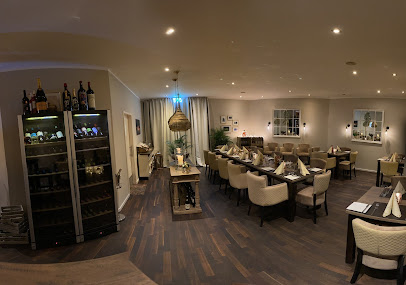
6 Sinne Sky Bar and Restaurant
0.7 km
Discover exquisite dining with panoramic views at 6 Sinne Sky Bar and Restaurant in Hanover – where culinary artistry meets stunning skyline vistas.

Markets, malls and hidden boutiques
Earth & Sky - the green shop GmbH
0.3 km
Shop sustainably at Earth & Sky, Hanover's premier eco-friendly gift shop featuring unique clothing and thoughtful gifts.
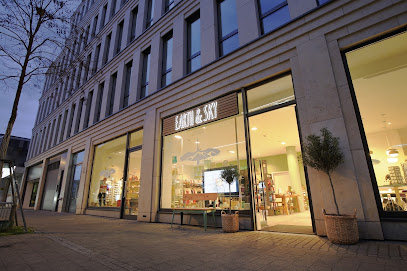
Nespresso Boutique Hannover
0.4 km
Explore the elegance of coffee at Nespresso Boutique Hannover, where premium blends and expert guidance await every coffee enthusiast.
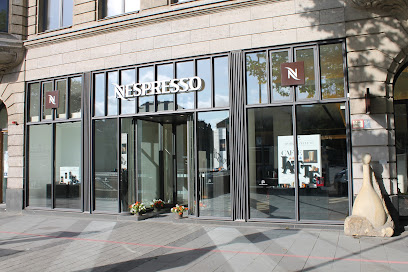
Oxfam Shop Hannover
0.4 km
Explore Oxfam Shop Hannover for unique thrift finds - clothing, accessories, and books that support global charity efforts.
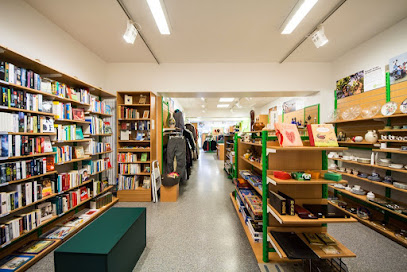
Lacoste
0.5 km
Explore fashion at Lacoste in Hannover - a stylish destination for men's, women's, and children's clothing, accessories, and footwear.
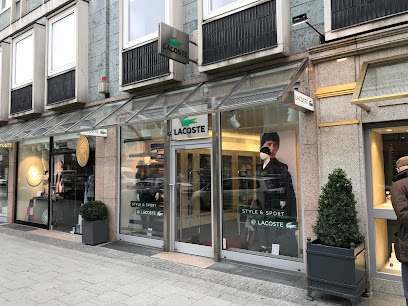
Manufactum Warenhaus
0.5 km
Explore the charm of Hannover at Manufactum Warenhaus, where quality and craftsmanship come together in a delightful shopping experience.
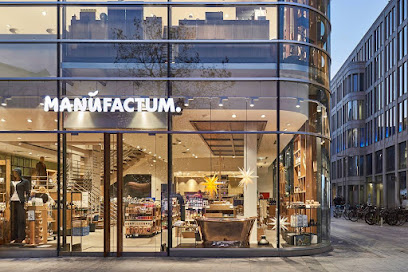
AUST Fashion Hannover - Kröpcke Center
0.5 km
Discover unique styles at AUST Fashion Hannover, located in the vibrant Kröpcke Center, where contemporary fashion meets local charm.
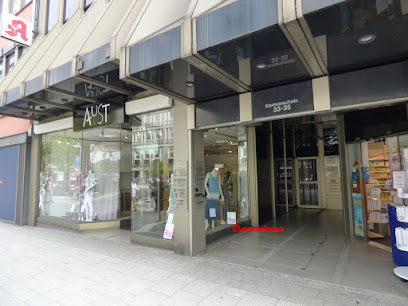
Kröpcke Passage
0.5 km
Explore Kröpcke Passage, Hannover's vibrant shopping mall, blending retail, dining, and local culture in a central location.
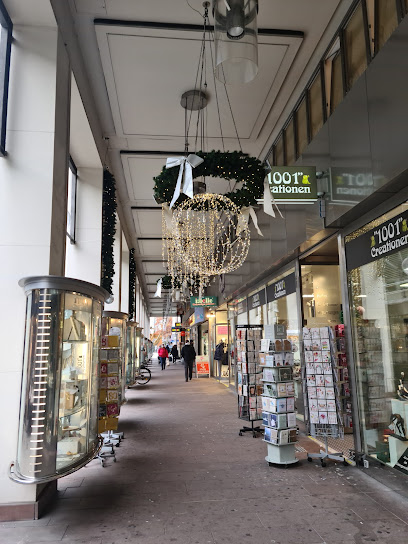
Luxussachen.com - Filiale Hannover
0.5 km
Explore Luxussachen.com in Hannover for vintage fashion and unique accessories that embody sustainability and timeless style.

HEMA
0.5 km
Explore HEMA in Hanover for unique gifts and delightful products, from clothing to home decor, all in a charming shopping atmosphere.
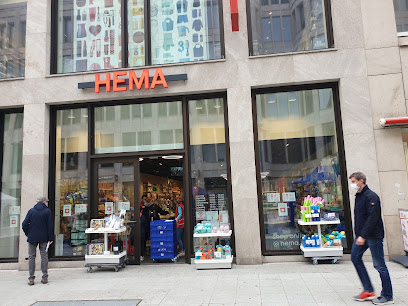
Mont Blanc Hanover - Kröpckepassage
0.6 km
Explore Mont Blanc Hanover for exquisite jewelry, premium leather goods, and luxury writing instruments in the heart of the city.

Zalando Outlet Store Hannover
0.6 km
Explore unbeatable fashion deals at Zalando Outlet Store Hannover, your ultimate shopping destination for clothing, shoes, and accessories.
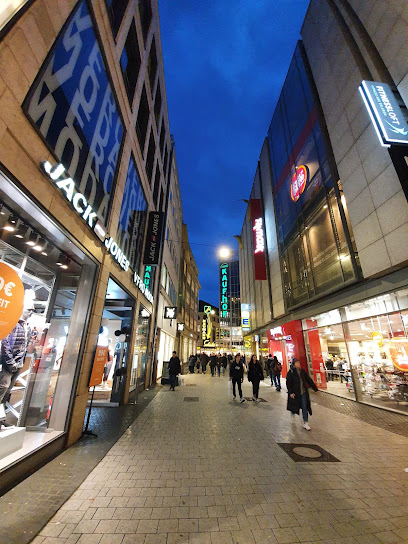
Store
0.6 km
Explore the elegance of Hugo Boss in Hanover, where modern fashion meets timeless sophistication in a premier shopping experience.
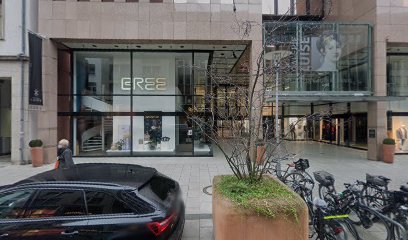
Blue House
0.6 km
Explore the Blue House in Hanover, where quality men's fashion meets modern style for the discerning traveler.

Crystal boutique
0.6 km
Explore Crystal Boutique in Hannover for a unique selection of stylish women's clothing, blending modern trends with timeless elegance.

Galerie Luise
0.6 km
Discover the vibrant shopping experience at Galerie Luise in Hanover, where local charm meets international flair in a beautiful setting.
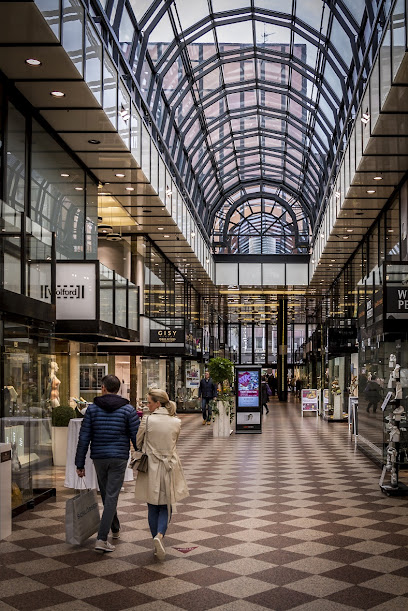
Essential bars & hidden hideouts
Oscar's Bar - Hannover
0.2 km
Discover the lively atmosphere of Oscar's Bar in Hannover, where exceptional cocktails meet a welcoming pub experience for all visitors.
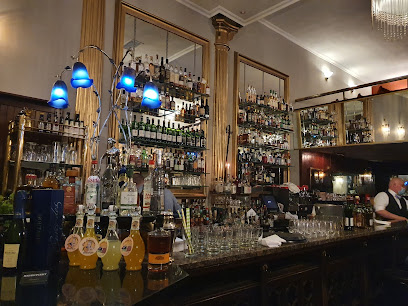
Hannover's Wohnzimmer
0.3 km
Discover the cozy charm of Hannover's Wohnzimmer, a bar that captures the vibrant spirit of Hanover's nightlife with delightful drinks and a welcoming atmosphere.

Schöne Aussichten 360° Beachclub Hannover
0.4 km
Discover the lively Schöne Aussichten 360° Beachclub in Hannover, where vibrant ambiance meets stunning views and refreshing drinks for a perfect getaway.
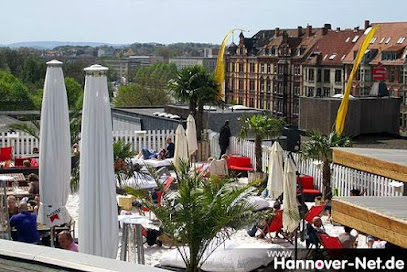
Sternwarte - Hannover
0.4 km
Explore the cosmos at Sternwarte - Hannover, where stargazing meets the perfect nightlife experience in the heart of the city.

mini Bar Hannover
0.5 km
Experience the vibrant cocktail culture at mini Bar Hannover, where innovative mixology and a cozy atmosphere await every visitor.

Dublin Inn
0.5 km
Experience the warmth of Irish hospitality at Dublin Inn, where traditional food, drinks, and sports come together in Hanover's lively atmosphere.

Leos Bar
0.5 km
Discover the lively atmosphere and exquisite drinks at Leos Bar, the heart of Hanover's nightlife. Perfect for unwinding or enjoying a night out.

Bar Romantis - Hannover
0.6 km
Discover the lively atmosphere of Bar Romantis in Hannover, where innovative cocktails, live music, and vibrant nightlife come together for an unforgettable experience.

Shakespeare English Pub
0.6 km
Discover the vibrant atmosphere and authentic Irish experience at Shakespeare English Pub in Hanover, where great drinks and live music await.
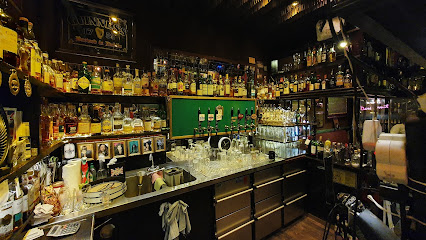
Brauhaus Ernst August
0.7 km
Experience the best of Hanover at Brauhaus Ernst August, a lively gastropub offering delicious food, local beers, and vibrant live music.
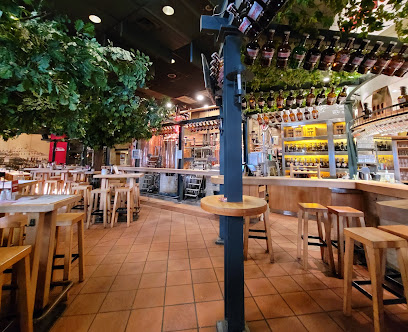
Alt Hanovera Irish Pub
0.7 km
Discover the authentic Irish pub experience at Alt Hanovera, where great food, drinks, and live music create memorable moments in Hannover.

Schateke
0.7 km
Discover the flavors of Germany at Schateke, a cozy pub in Hanover-Mitte offering traditional dishes and a fine selection of local beers.
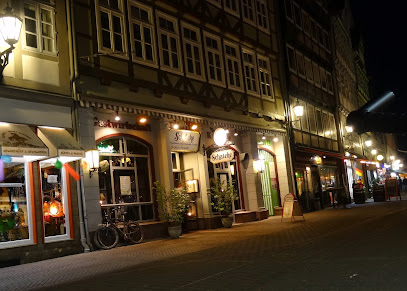
Barfuß Bar
0.7 km
Experience the vibrant nightlife of Hanover at Barfuß Bar, where great drinks and a lively atmosphere await every visitor.
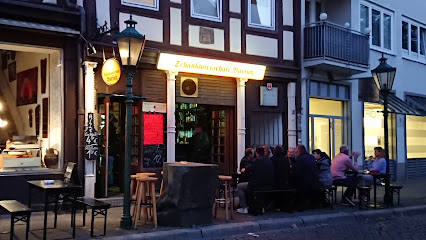
Crempel Pub
0.7 km
Discover the lively atmosphere and extensive drink selection at Crempel Pub, a must-visit destination for tourists in Hanover's vibrant nightlife scene.

My Way Altstadt
0.7 km
Savor the essence of Hanover at My Way Altstadt, where gourmet burgers, artisanal pizzas, and vibrant cocktails come together in a lively atmosphere.




